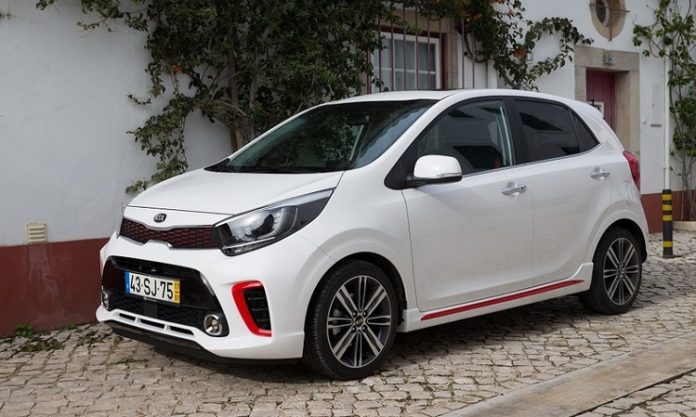Despite this, Herrera said Kia is looking into the possibility of an electric Picanto. “There’s nothing confirmed yet, but we are really looking at it,” he said. He gave no time frame for a decision.
The price of the current Picanto with a gasoline engine starts at 10,290 euros in Germany but drops to 10,000 euros with discounts, Herrera said. A fully equipped version can sell for more than 17,000 euros. A Picanto EV would currently cost close to 20,000 euros, he said.
Herrera said Kia needs to reduce production costs for a Picanto EV to 16,000 to 17,000 euros. Kia could try to find synergies with sister brand Hyundai if it wanted to produce an electric version of its i10 minicar, Herrera said.
Herrera said automakers should not count on government incentives that boost EV sales by reducing the price differences between internal-combustion-engine and battery electric vehicles.
In five years, those incentives may be gone because so many EVs will be on the road that it will be too costly for governments to offer subsidies, he said.
Why would Kia take up such a difficult challenge? “Because mini and small cars are so important in Europe. In countries such as Italy they account for 50 percent of the market, so I think we will have to have a battery electric minicar,” Herrera said.
According to JATO Dynamics data, the mini- and small-car segments together command 26% of the EU market.
Kia’s goal is to have an electric car “in almost every main segment,” Herrera said. Kia currently sells electric versions of the Soul and the Niro small crossovers in Europe. Kia will sell about 20,000 of the two EVs in Europe this year and plans to double that figure in 2020, Herrera said.





